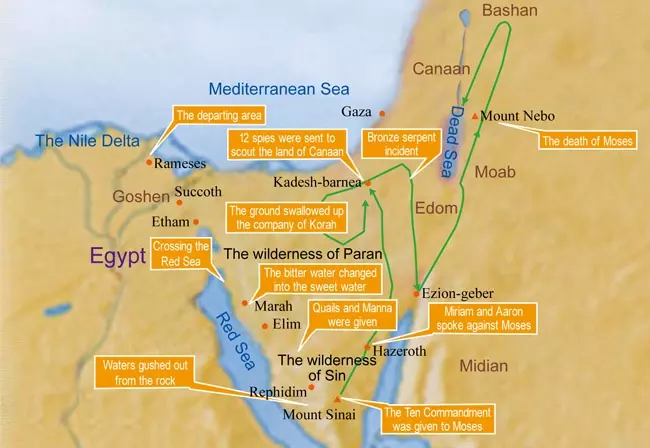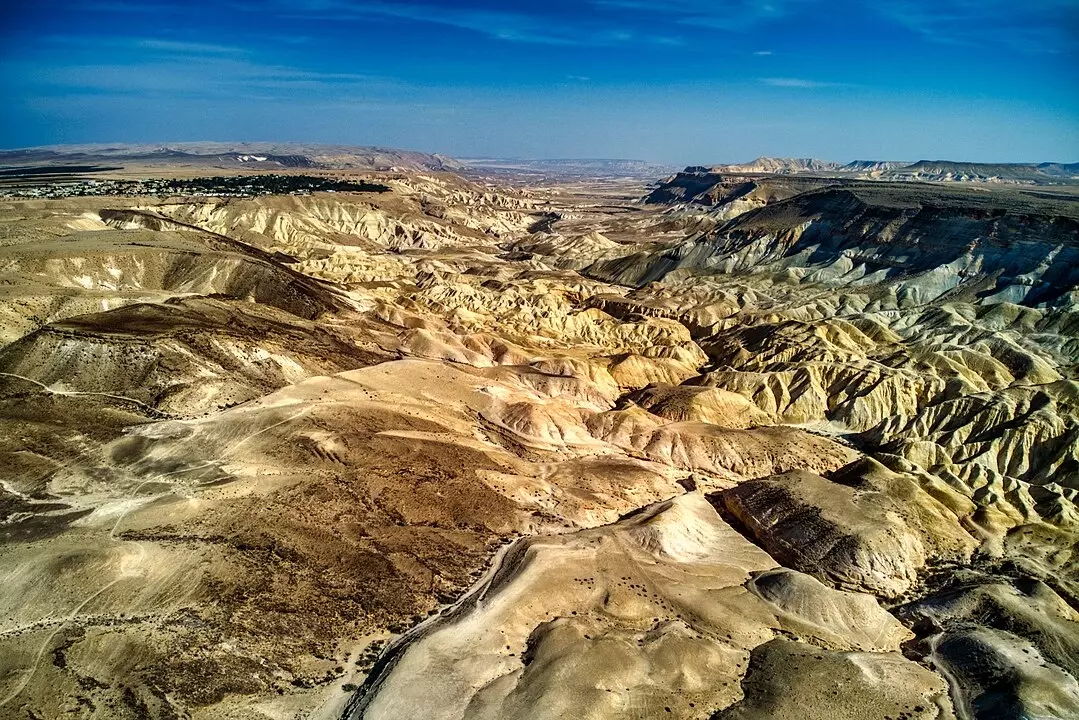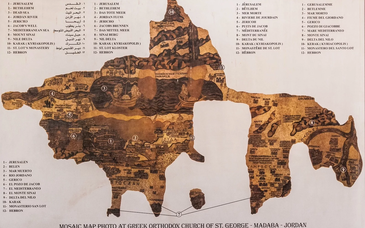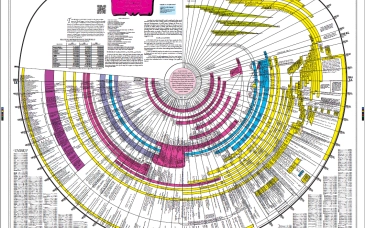The Negev is a desert region in southern Israel. It is bounded by the Mediterranean Sea to the west, the Gulf of Aqaba to the south, and the Dead Sea to the east. The Negev covers about half of Israel's land area.
The Negev is a dry and arid region, with average annual rainfall of less than 8 inches. The landscape is characterized by rolling hills, sand dunes, and wadis (dry riverbeds). The Negev is also home to a variety of wildlife, including gazelles, ibexes, and hyraxes.
The Negev is mentioned several times in the Bible. Abram (later renamed Abraham) and his nephew Lot went to the Negev after they were forced to leave Egypt due to a famine. They later separated, with Lot choosing to settle in the fertile Jordan Valley and Abram remaining in the Negev.
The Negev was also a place where the Israelites wandered for 40 years after their exodus from Egypt. During this time, they camped at Kadesh-barnea, an oasis in the Negev.

Today, the Negev is a popular tourist destination. Visitors can enjoy hiking, camping, and off-road driving in the desert. There are also a number of historical and archaeological sites in the Negev, including the ruins of ancient cities and monasteries.
Here are some of the things you can do in the Negev:
- Visit the Ramon Crater, a massive erosion crater that is one of the largest in the world.
- Hike the Ein Avdat Trail, a beautiful hiking trail that passes through a palm oasis and a waterfall.
- Visit the ancient city of Shivta, a UNESCO World Heritage Site.
- Explore the ruins of Mamshit, another ancient city in the Negev.
- Go off-road driving in the desert dunes.
- Visit the Bedouin village of Wadi Rum and learn about their traditional way of life.
No matter what you choose to do, you're sure to have a memorable experience in the Negev Desert.


